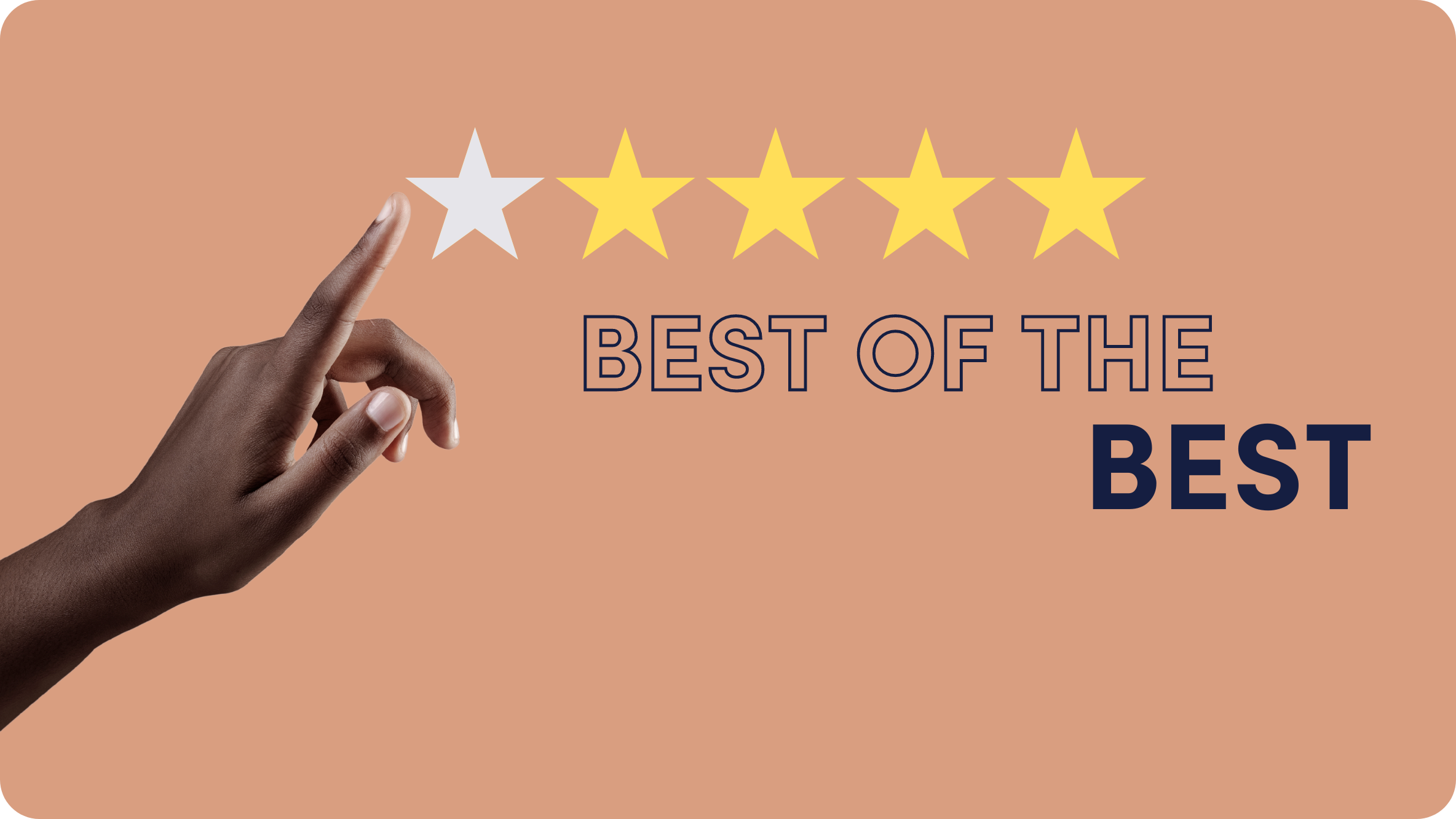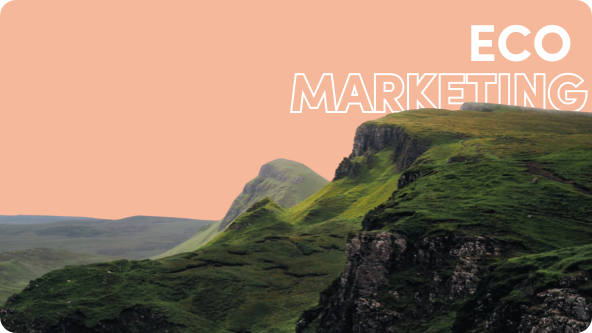How SEO Impacts Brand Awareness

Visibility. In the field of search engine optimization (SEO), visibility is the initial, primary goal for any marketer. Without it, your business might as well be an unknown entity, because consumers only ever recognize – and patronize – brands that have shown up on a search results page.
There are over 5.1 billion internet users worldwide (that’s 60 percent of the entire population), and 93 percent of all web traffic begins with a search engine. When someone wants to know which running shoes are better for a beginner, they go online for information. Tourists want to find out the location of the nearest gourmet restaurant, they use their mobile phone and Google a query. Small business owners need information on a supplier, they look it up on the web and maybe check out its social media page for customer reviews.
How do you capitalize on such tremendous opportunities when you’re competing with over 1.8 billion websites?
Greater brand visibility
A good SEO agency makes sure your website (or any other online asset) gets the organic traffic your business needs to meet sales and revenue targets. Search optimization, when done right, isn’t merely going to help you get more people to visit your website – it’s actually a key to the process of converting them from prospects to customers.
But there’s even more to it than that. SEO can deliver on traffic and conversions while enabling you to present a coherent message and a good image to your target market. This entails establishing your authority in your industry; that your website is trustworthy and what you offer is relevant and of good quality.
Underpinning all of this work is making sure your business also creates a better brand experience for all users on different devices. Both people and search engines value businesses that make access to relevant, accurate information easy; consumers prefer to transact with such brands and search engines rank their websites better.
So how do you use search optimization to create awareness and improve reach for your brand?
How to use SEO for brand awareness
Keyword Optimization
Do people associate your brand with what you offer?
Keyword research determines that answer, and optimization is one of the driving forces of an effective SEO campaign. This is also the element where SEO experts will focus most of their time improving. Keywords are going to determine where your site will appear in search results.
Strategically choosing the right keywords will make sure that your website and its pages appear where you want them to appear and get found by relevant leads.
So how do you find keywords that are relevant to your brand?
Use keyword research tools, like Ahrefs and Semrush. You can also find relevant terms by manually digging up information, for example, typing a word on Google search and checking the search predictions. You can also check other community forums, like Quora, for popular topics and then round up the keywords relevant to your business.
Say that your brand is selling footwear, and you want to promote a pair of white running shoes specifically for women.
Keyword research shows that these are some of the terms related to your site:
- White running shoes women (3.1k monthly search volume)
- White running sneakers women’s (880 monthly search volume)
- White running shoes women’s (5.4k monthly search volume)
- White women’s running sneakers (110 monthly search volume)
Once you have a list of keywords, target long-tail phrases or keywords that contain more than 3 words. Long-tail keywords are more helpful because they are more targeted, and they drive more traffic to your website because they’re specific.
After you’ve chosen the right keywords, use them strategically in your website and online pages that you want the keyword to rank for. Don’t overdo it with keyword insertion since keyword stuffing will earn you a Google penalty. A penalty could lead your page or site to rank lower, or not be shown on search results altogether. And that will affect your brand visibility.
Create fresh, catchy content
Fresh content not only tells Google that your website is up-to-date, but it also lets you target more keywords and a wider audience for greater reach.
People need and want information. And brands that deliver informative, engaging, and relevant content get noticed, get the clicks, and achieve conversions.
It doesn’t matter if it’s blog content on your website or a social media post, content creation isn’t a “post and forget it” kind of work. You need to promote your content on relevant channels so that a blog or a post delivers on a goal, from getting more traffic to getting more sales.
What you create should be guided by data from your keyword research. After all, content covers a very wide range, including videos, infographics, even podcasts and images. If a keyword optimized how-to article or tutorial video is likely to rank on SERPs because it’s the kind of information the target audience is looking for, then that’s what you should create. In other words, there’s a market for that content and your brand is delivering on that need.
Make your website mobile-friendly
A better brand experience today means websites must be viewable and functional on mobile devices, whether smartphone or tablet. Most people use their mobile devices to look up a business, make transactions, or access entertainment. So they expect these sites to not just look appealing on a small screen but also load fast and respond to whatever action they take (e.g., call directly from the site, fill out a form, watch a video, etc.)
And search engines pay attention to websites that are mobile-friendly by improving their search position. Better search position, better visibility.
Optimize on-page elements
Optimized content on your website makes it easy for Google to understand the context of the messages written on the pages. On-page elements are likened to the signals you send the search engine on how you want it to interpret the page.These on-page elements are:
Headers: Headers help provide structure for your content. They separate the wall of text and make content more readable. In service pages, headers help your visitors better distinguish your brand’s value proposition.
In optimizing headers, use your target keywords. But make sure that these keywords have a connection to the content on the page.
Image Alt Tags: Google can’t quite view images the way humans do, so an image needs to have description. This will help Googlebots understand what your images are and how they’re related to the page.
Image alt tags describe the image. If the image fails to load, the website will then show the alt text instead.
Tip: Optimize alt-tags with your chosen keywords; be subtle and avoid making it look spammy. It’s also advisable to provide clear descriptions instead of generic ones.
Page Speed: Page speed is a Google ranking signal. When ranking websites, Google considers a page’s loading time.
If your website has pages that take more than 3 seconds to load, you’ll miss a lot of opportunities because user attention is shrinking.
To make sure that you’re up to speed, here are a few things you can do:
- Avoid overloading the site with unnecessary elements, plug-ins, or JavaScript.
- Minimize image file size by using tools like TinyPNG.
- Reduce redirects.
Optimize for local SEO
Unlike regular SEO, local SEO focuses on a specific location: your neighborhood.
Your goal is to appear front and center when people from your area type a query that’s related to your business.
One way to do this is by setting up your Google My Business (GMB) profile. GMB is a tool by Google designed to promote local businesses and their physical stores. Using GMB, you can manage your online business information, which will make it easier for Google to let local customers find you.
People rely on the web now more than ever, even if they’re in their hometown. A common scenario is when a person is meeting with a friend for dinner and they want to meet at a restaurant closest to both. They’re likely to check their phones, Google something, like “nearby restaurant” or “Italian restaurant in xx,” and then choose one of the recommendations. Most of the time, they’ll use Google Maps to help guide them to the location. A majority will even look up ratings and comments from previous customers, making user reviews a sound local SEO tactic.
One way to make sure that you nab the top spot when it comes to GMB is to provide a consistent NAP (name, address, and phone number). Anything you write on your GMB profile should be updated regularly to reflect the current details of your business.
Another way to optimize for local SEO is to provide regular GMB posts. If you have a new event, offer, or announcement, update your GMB profile as well.
Tip: Target keywords that include your location to optimize your website and listing pages. Think of keywords that customers will likely use. For example, if you’re a dentist practicing in Pasadena, you can include “dental consultation Pasadena” or “dental braces Pasadena” as part of your keyword strategy.
Link building
The whole point of link building is to boost the visibility of your website on search engines. It does this by creating “backlinks” from another website back to yours. Although optimizing your website for your readers and search engines is crucial, it’s not enough.
You can view link building as a form of validation from other websites, telling Google that your website is important and relevant enough that it’s mentioned (think “brand mentions”) and linked to third-party sites.
Now, where your business gets mentioned or what site links to you matters.
Google doesn’t view all websites the same way. Some will be rated higher than others, and some lower. Check a website’s authority by learning its DA score.
You can do this with tools like Moz’s Domain Authority. Make sure to check a website’s DA score before you reach out to request a backlink, or have it link to your website.
So how do you get other websites to link back to yours?
Link building requires several tactics to get results, so it should be a continual, consistent process with a dedicated team behind it. Here are some key ways to do link building:
- Content marketing. This is a process where you create content that people find value in, to the point where they’re compelled to refer to it and link to it.
- Outreach program. This involves “reaching out” to relevant people who can link to your content or website. The key here is to focus on websites or companies that target the same audience but not exactly in the same business. For example, if you’re selling laptop sleeves, you can connect with a website that sells electronics. Write a blog for them, and then have them link back to your site after they publish your content.
- Blog comments. This is one of the simplest forms of link building but it requires finesse and subtlety. Here, you’re posting a comment on another website’s page. It’s important to keep it tactful, tasteful, and subtle. Never bombard sites with comments because it will be deemed as spamming, and this can get your account penalized.
Reach top-of-mind brand awareness with SEO
The road to recognition as the go-to brand for the product or service you are offering is long. It requires a lot of work backed by research and data, and it needs consistency so that your business enjoys the kind of brand awareness that creates revenues.
SEO is an effective investment toward achieving this goal.
When you dominate search results, you get organic traffic to your site or your physical location. When you get more customers and provide the best experience at every transaction, people will talk about your brand in a good way. When people talk about your brand favorably and consistently, you build a name for your business.
But remember, it all starts with visibility.












